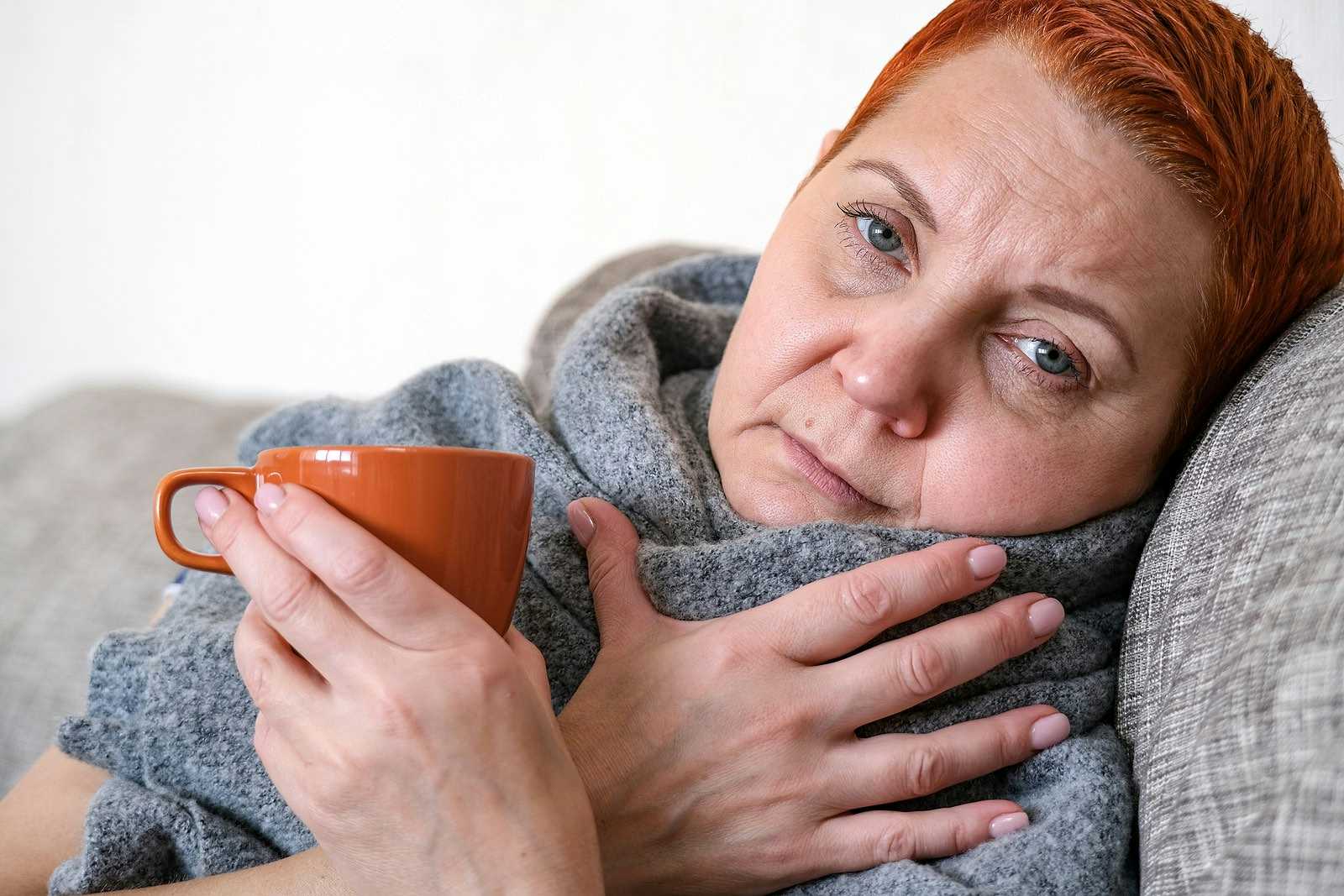
In case you have not noticed, the flu is back! The swallows come back to Capistrano every spring and influenza viruses start circulating around the holidays. According to FLUVIEW the “Weekly U.S. Influenza Surveillance Report” (Nov. 27, 2023): “Seasonal influenza activity continues to increase in most parts of the country, most notably in the South Central, Southeast, Mountain, and West Coast regions.” That’s why you need to have a home flu test available in case you start to sneeze, sniffle and cough!
How Bad Will It Be?
When families gather to celebrate, they often bring along uninvited guests—influenza viruses. Now that most people have given up masking against COVID-19, travel will also spread the flu far and wide.
The CDC reports that cases are already on the rise.
“Outpatient respiratory illness is above baseline nationally for the third week and is at or above baseline in seven of 10 HHS Regions.
The number of weekly flu hospital admissions continues to increase.
CDC estimates that there have been at least 1.2 million illnesses, 12,000 hospitalizations, and 740 deaths from flu so far this season.”
What’s Showing Up?
It looks like a mix of influenza A: around 80% H1N1 and 20% H3N2. There is also some influenza B Victoria, though it is usually less virulent than influenza A.
The Aussie Experience:
What happened in Australia six months ago? We ask that question because OZ is a pretty good predictor for what we are likely to see. That’s because the land down under experiences winter when we are enjoying summer. As a result, Australians generally start really suffering around mid-July. Their flu season usually lasts until the end of September.
That’s under normal conditions. In 2022 and 2023 there was a shift. Influenza struck hard in early May. It was going strong by June! Although it affected a lot of people in 2022, cases started falling rapidly by July.
This year, however, flu season lasted from April till October. The peak outbreaks went from early June until early August. Most of the influenza A was caused by H3N2 (over 80%) and H1N1 (18%) or influenza B Victoria. If we follow the same pattern in the US, the next two to three months could be rough.
A Home Flu Test Could Change Things:
This year something very different has happened in the United States. In prior years, most people had no way of knowing whether their sneezes, coughs, sore throats and fevers were due to a cold, COVID-19 or influenza.
Now, consumers can buy an over-the-counter test for influenza A and B as well as SARS-CoV-2. It’s called LUCIRA by Pfizer COVID-19 & Flu Home Test.
The FDA issued Emergency Use Authorization for this home test last February. According to the agency, the test was 99 percent accurate in identifying who did not have influenza A and 90 percent accurate in detecting cases. The corresponding results for COVID-19 are 100 percent and 88 percent. The test is also designed to tell if a person has influenza B, but accuracy figures are not available. The test is not inexpensive. As I write this, it is about $50 on Amazon.
Of course, flu tests have been available for years, but only in doctors’ offices. This is the first time consumers could have easy access to this information. It beats trying to get a doctor’s appointment or dragging your sick body to a clinic and waiting to be tested. Here is a link.
Why Is a Home Flu Test Worth Consideration?
Until now, you have had no way of knowing if you have a bad cold, COVID-19 or influenza. Why is it important to know which virus is making you miserable?
The answer lies in timing and the choice of antiviral medication. Those that work against influenza A and B include oseltamivir (Tamiflu), zanamivir (Relenza), beloxavir marboxil (Xofluza) and peramivir (Rapivab). Peramivir is available only by infusion, while zanamivir is an inhaled medication.
A meta-analysis of 16 randomized trials involving nearly 12,000 children and adults with flu-like illness found that zanamivir worked most quickly and beloxavir reduced complications best (JAMA Network Open, Aug. 2, 2021). All four drugs shorten the time that patients spend suffering flu symptoms. The sooner such an antiviral drug is started, the better it works. That’s why a home flu test is important. Wait too long and the antiviral meds won’t work.
Oseltamivir can cause nausea, vomiting and headaches. Both zanamivir and baloxavir are much less likely to cause nausea and peramivir is far less likely to cause vomiting. Diarrhea is more common with peramivir.
What if the Home Flu Test Is Negative, but COVID Is Positive?
If the influenza test comes back negative but the COVID test is positive, some people may want to consider nirmatrelvir + ritonavir (Paxlovid). It reduces hospitalizations and deaths, though a new study suggests one in five people taking Paxlovid have a rebound (Annals of Internal Medicine, Nov. 16, 2023). As a result, they may shed virus for almost a month after initial infection.
If the testing reveals that symptoms are neither flu nor COVID-19, chances are it might be a cold. We have no FDA-approved antiviral medications for the common cold. There isn’t even a vaccination, as there is for influenza. And the FDA recently admitted that many OTC cold and cough remedies contain an ineffective oral decongestant.
Can Home Remedies Help Colds?
Home remedies can help people feel better and deal with colds. A cup of thyme tea or a bowl of chicken soup could ease symptoms. To learn more about such approaches, you may wish to read our eGuide to Colds, Coughs & the Flu. This online resource is available under the Health eGuides tab.
Share your experience with upper respiratory tract infections below in the comment section of this website. Would you like to know whether you have the flu or COVID? How do you treat a cold? Please share your favorite home remedies.

